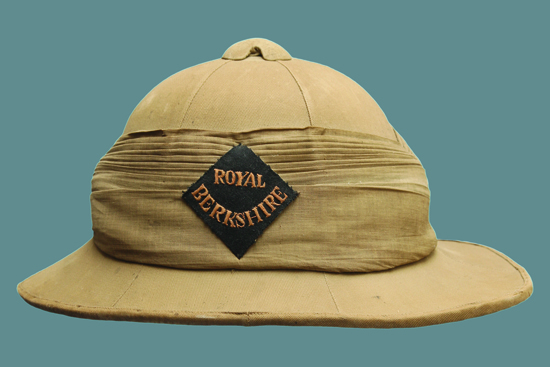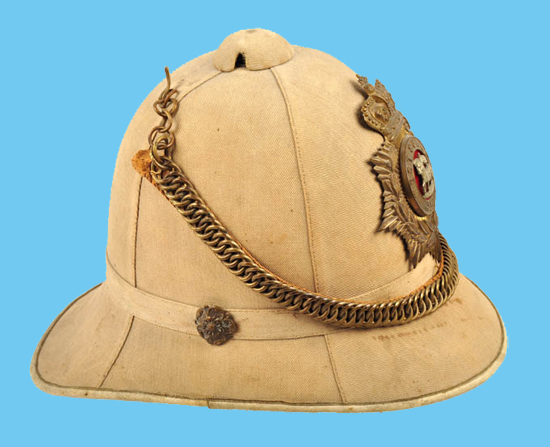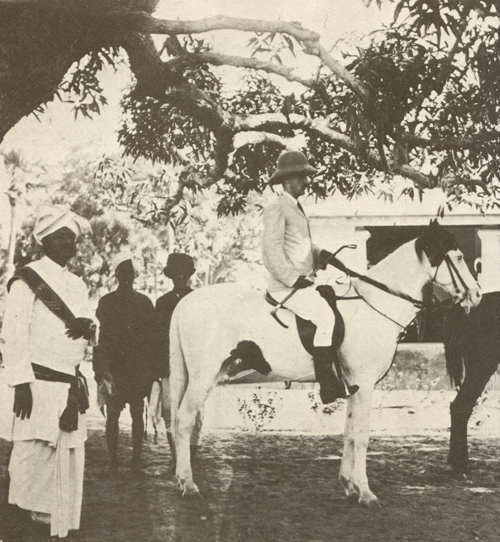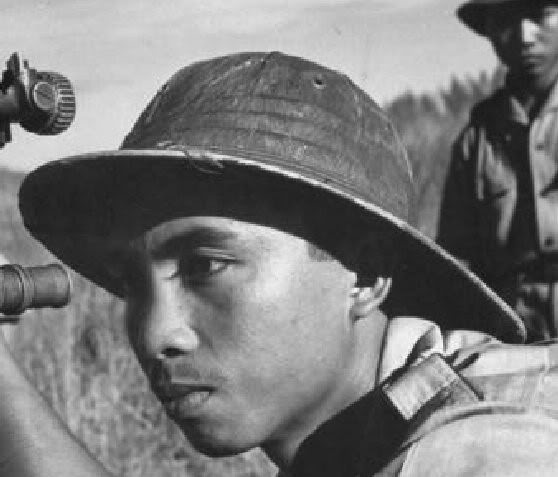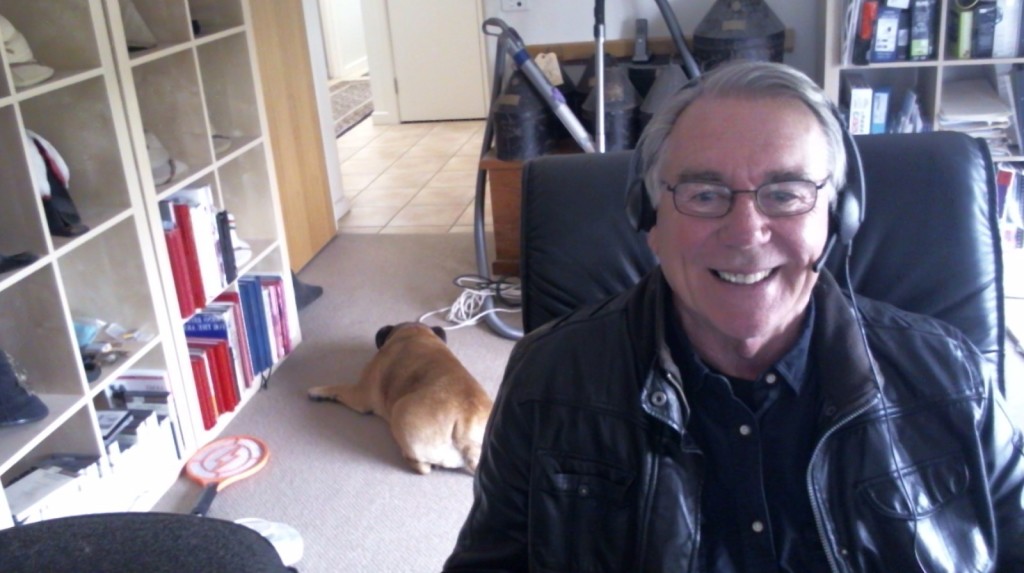‘FOUR WAY’, ‘FOLDING LENS’ or ‘SPLIT LENS’ TYPE
1900s Motoring and Early World War I Flying Goggles, World War II Japanese Type 5 Dust Goggles, WWII Russian Tank Goggles, Chinese Tank Goggles, RAF Split Lens &etc.
This goggle type has its roots in France, with most references relating them to ‘early French types’. The earliest advertisement sighted for this kind is dated 1904. They may have been a development of the 19th century ‘Railway Spectacle’ with protective glass side panels (Fig. 3). They could be folded into a very compact shape and allowed good peripheral vision. Continue reading


